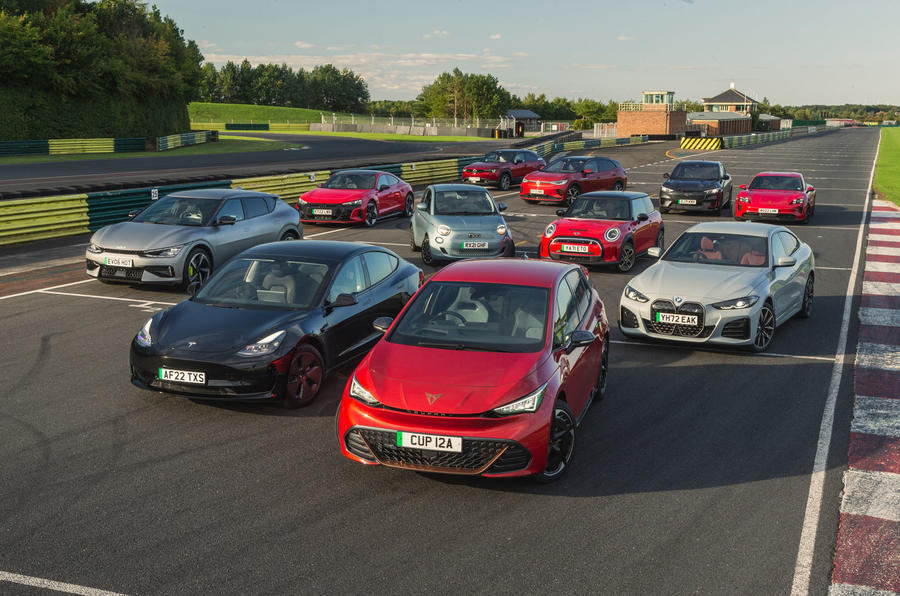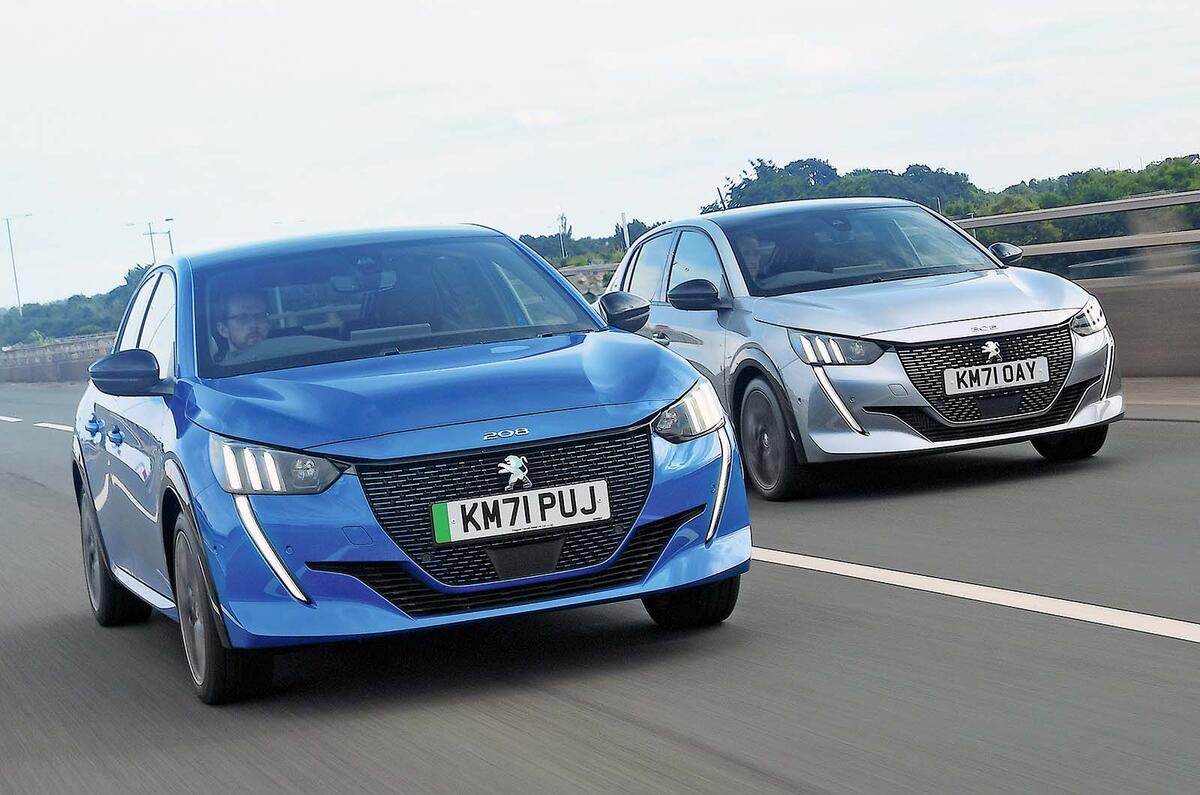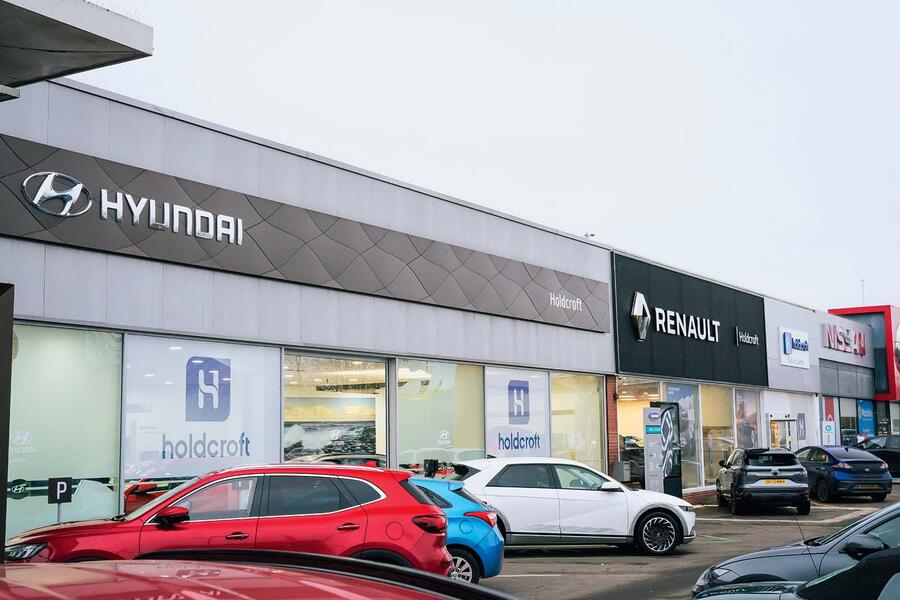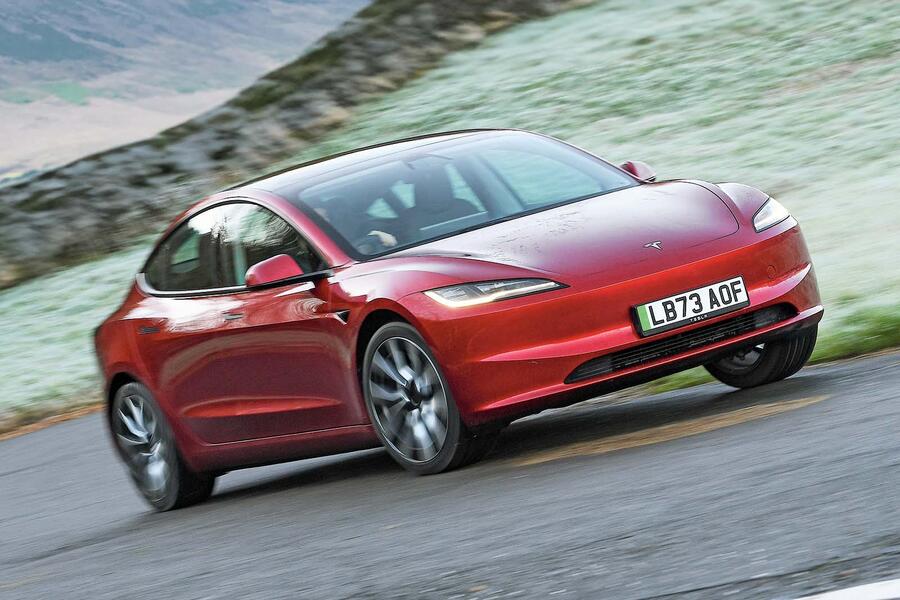Values of used electric cars are reaching parity with equivalent petrol and diesel models, new data has revealed.
First-quarter data from Manheim Auctions showed an average trade price of £16,654 for a two- to four-year-old EV, compared with £18,063 for an equivalent diesel car – a 7.8% difference.
Comparable petrol cars sold for £12,980 – 28.3% less than EVs and 39.2% less than diesels. EVs were still much more expensive when compared with ICE cars across all age groups, averaging £16,829 in the first quarter next to diesel’s £6051 (-64.0%) and petrol’s £6108 (-63.7%).
However, this was disproportionately weighted by newer, more expensive EVs, while two- to four-year-old cars represent prime used stock for franchised dealers.
Used EVs have traditionally been more expensive than their ICE equivalents, deterring many buyers, but prices began to drop sharply in late 2022, and values of contemporary examples are now typically much closer to their ICE equals.

In quarter one of 2022, when used car values were much stronger overall, the average trade price was £21,302 for an EV, £19,930 (-6.4%) for a diesel car and £15,728 (-26.2%) for a petrol car, according to Manheim. “Petrol and diesel [car prices] are remaining fairly firm,” said Philip Nothard, insight director at Manheim’s parent firm, Cox Automotive.
“We’re at this place now where EV [values] are coming down but at the same time petrol and diesel [values] are stabilising.
“As [models] become rarer and rarer, the prices start to firm up. So you actually get a strengthening of ICE products as EVs come down. You get this price parity by default of the two movements. That’s kind of how we see the market playing out in time.”







Join the debate
Add your comment
And the EV depreciation curve will continue down as the battery pack gets closer to end of life whereas the diesels depreciation curve is flattening out. Even more reason why buying the used EV is a worse financial decision.
If the average 2 to 4 year old EV is worth £16k (mentioning a range of 2 to 4 years sounds weird as I would expect there to be a lot of difference in prices across that time period) that means depreciation of around £24k in that time (as the average EV costs about £40k).
Sounds like a great way to get rid of a shed load of money; I wonder how much of that huge depreciation is accounted for in finance / leasing deals too?